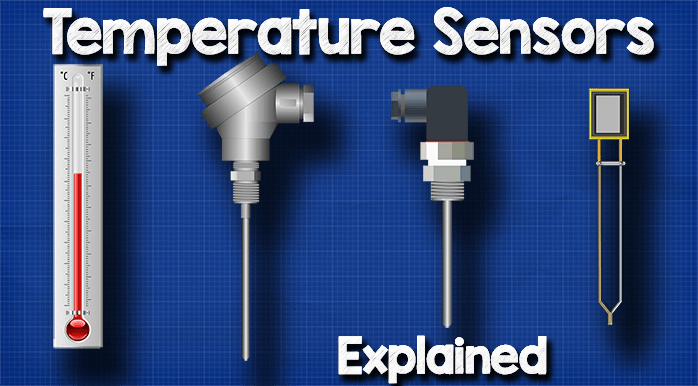In the intricate realm of modern technology, where precision and accuracy reign supreme, temperature sensors emerge as unsung heroes that silently monitor and regulate countless processes. From industrial automation to medical diagnostics, these unassuming devices play a critical role in ensuring optimal performance, safety, and efficiency. In this article, we delve into the world of temperature sensors, exploring their evolution, underlying principles, diverse applications, and the pivotal role they play in shaping our technological landscape.
The Evolution of Temperature Sensors
Temperature measurement is one of the oldest practices in human history, dating back to ancient civilizations’ use of rudimentary methods like the mercury-in-glass thermometer. However, the birth of electronic temperature sensors revolutionized the field by introducing accuracy, efficiency, and the ability to integrate with modern technologies.
Principles of Operation
Temperature sensors operate based on various principles, each tailored to specific applications. Some of the most common types include:
- Thermocouples: These sensors rely on the Seebeck effect, where two different metals connected at two junctions produce a voltage that changes with temperature. Thermocouples are rugged and can withstand high temperatures, making them ideal for industrial settings.
- Resistance Temperature Detectors (RTDs): RTDs are based on the principle that electrical resistance of materials changes with temperature. Platinum is a common material used due to its stable and predictable resistance-temperature relationship.
- Thermistors: Thermistors are temperature-sensitive resistors with resistance that varies significantly with temperature changes. They are commonly used in consumer electronics and medical devices.
- Infrared (IR) Sensors: IR sensors detect temperature by measuring the thermal radiation emitted by an object. They are non-contact sensors, making them suitable for applications where direct contact is not feasible.
Applications Across Industries
- Industrial Automation: Temperature sensors are vital in industries such as manufacturing, where precise temperature control is critical for processes like chemical reactions, heat treatment, and semiconductor fabrication.
- Healthcare and Medical Devices: Medical diagnostics, patient monitoring, and laboratory equipment heavily rely on temperature sensors to ensure accurate readings and maintain safe conditions.
- HVAC Systems: Heating, ventilation, and air conditioning systems use temperature sensors to maintain optimal comfort levels in residential, commercial, and industrial spaces.
- Food and Beverage Industry: Temperature sensors monitor and control temperature-sensitive processes like cooking, refrigeration, and fermentation in the food and beverage industry.
- Automotive: Temperature sensors in vehicles ensure engines operate at the right temperature, preventing overheating and optimizing fuel efficiency.
- Energy Efficiency: Temperature sensors are employed in smart homes to regulate heating, cooling, and lighting, contributing to energy conservation and cost savings.
- Environmental Monitoring: Weather stations and climate research rely on temperature sensors to collect data for understanding climate patterns and forecasting.
Emergence in Emerging Technologies
- Internet of Things (IoT): Temperature sensors play a crucial role in the IoT ecosystem by providing real-time data that informs decisions, whether it’s optimizing energy consumption in smart buildings or monitoring perishable goods during transportation.
- Wearable Technology: Wearables equipped with temperature sensors offer applications in health monitoring, detecting fever, and aiding athletes in optimizing their performance.
Advancements in Accuracy and Miniaturization
- Nanotechnology: Advances in nanotechnology have led to the development of miniature temperature sensors with enhanced sensitivity. These sensors find applications in medical diagnostics, environmental monitoring, and electronics.
- Fiber Optic Sensors: Fiber optic temperature sensors use changes in light intensity to measure temperature. They offer high accuracy, immunity to electromagnetic interference, and suitability for hazardous environments.
Challenges and Future Prospects
- Calibration and Accuracy: Maintaining accuracy across various temperature ranges can be challenging, requiring regular calibration to ensure reliable measurements.
- Harsh Environments: In industries like aerospace and mining, extreme temperatures, vibrations, and chemical exposure can affect sensor performance, necessitating robust designs.
Conclusion
Temperature sensors serve as the guardians of precision in our interconnected world. From regulating industrial processes to enhancing medical diagnostics and shaping the future of IoT, these unassuming devices influence numerous facets of our lives. The evolution from mercury thermometers to cutting-edge nanotechnology showcases the relentless pursuit of accuracy and efficiency. As technology advances and new frontiers are explored, temperature sensors will continue to be the heartbeat of innovation, quietly ensuring that our modern world functions seamlessly and safely.
